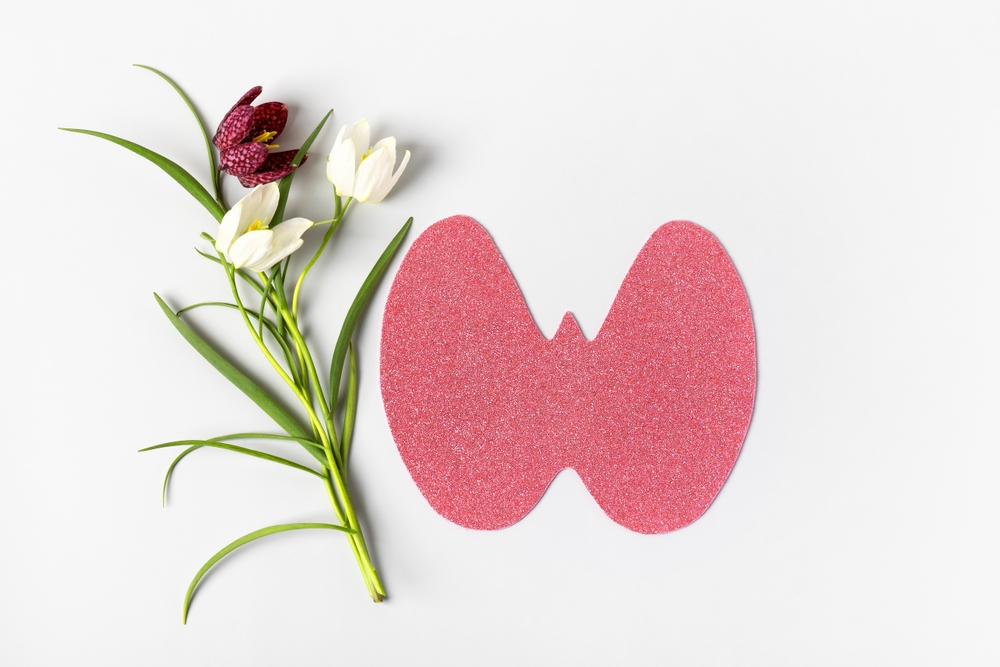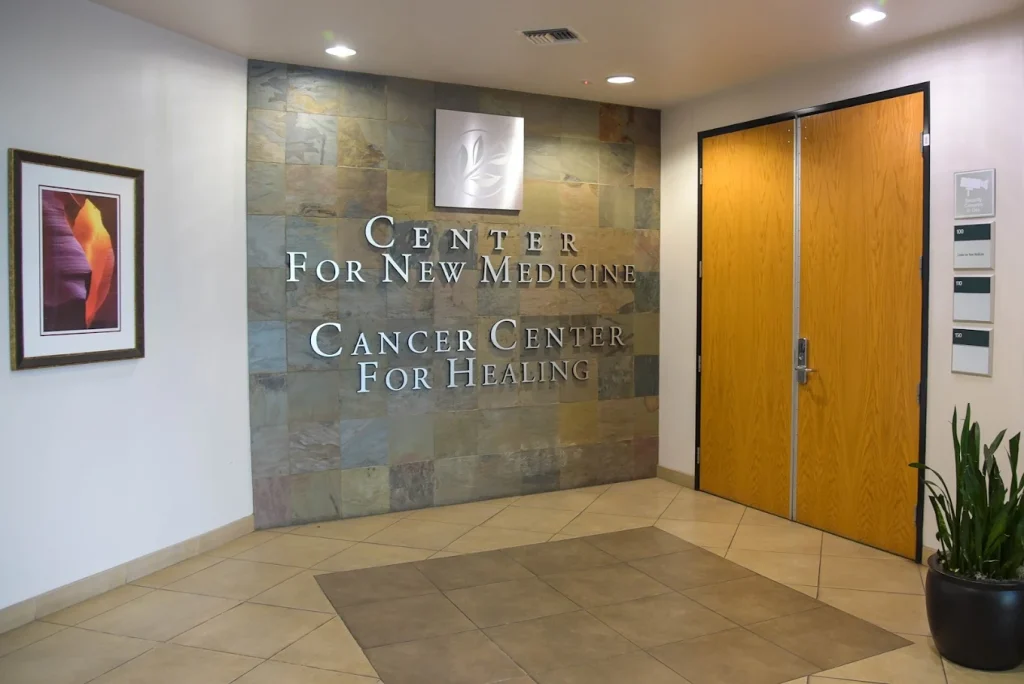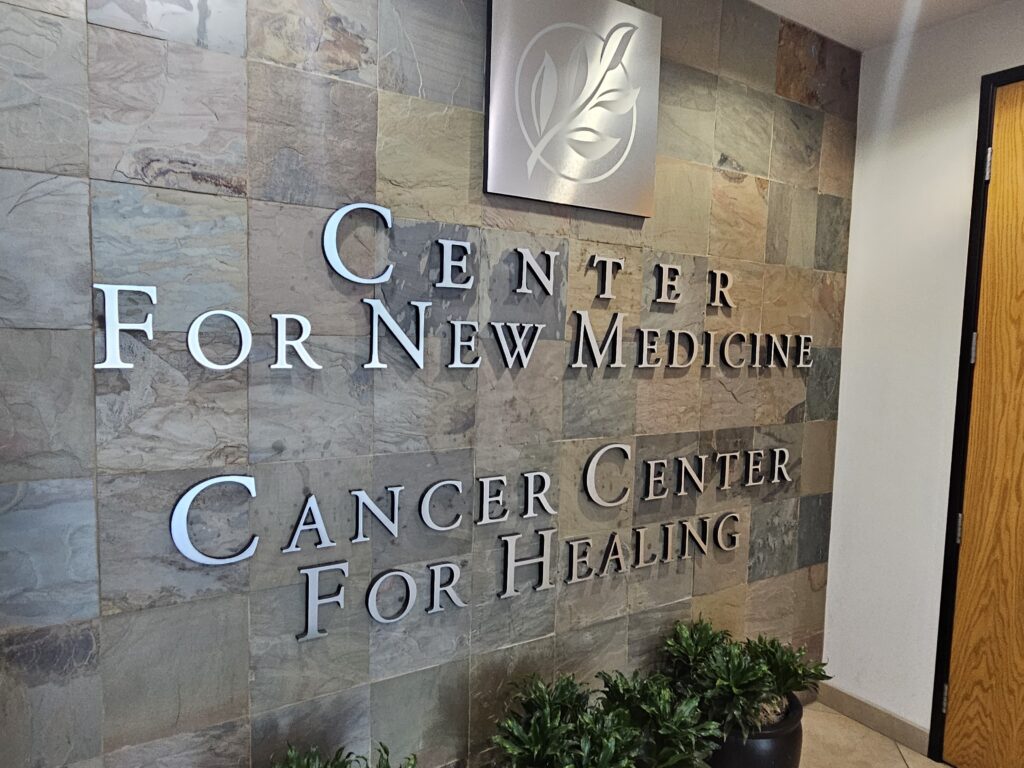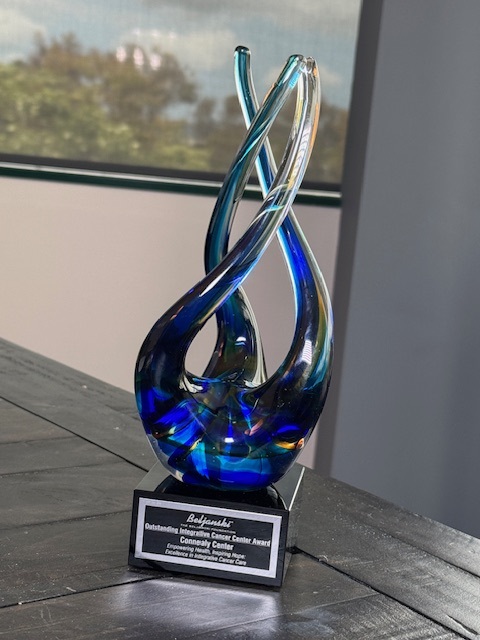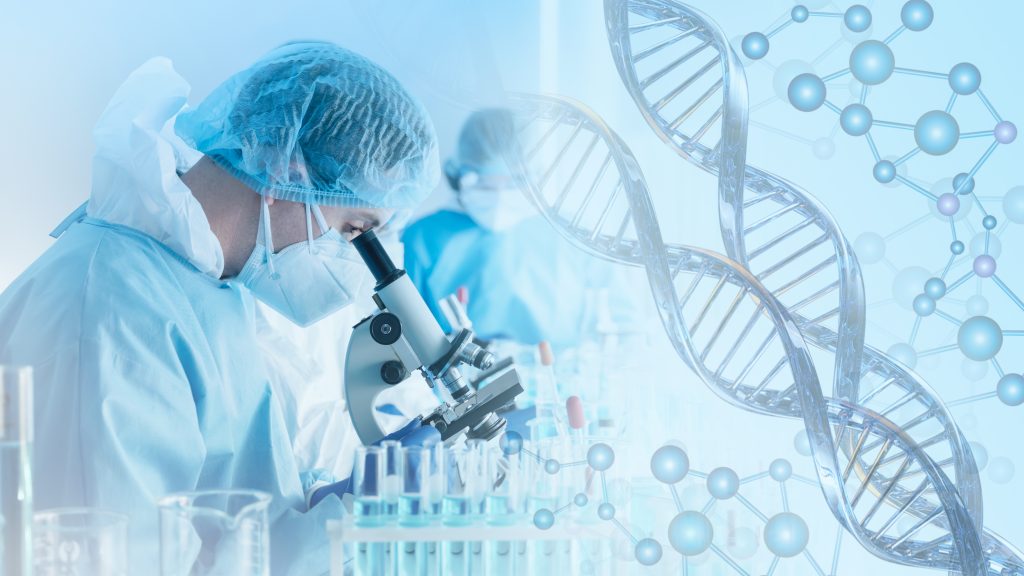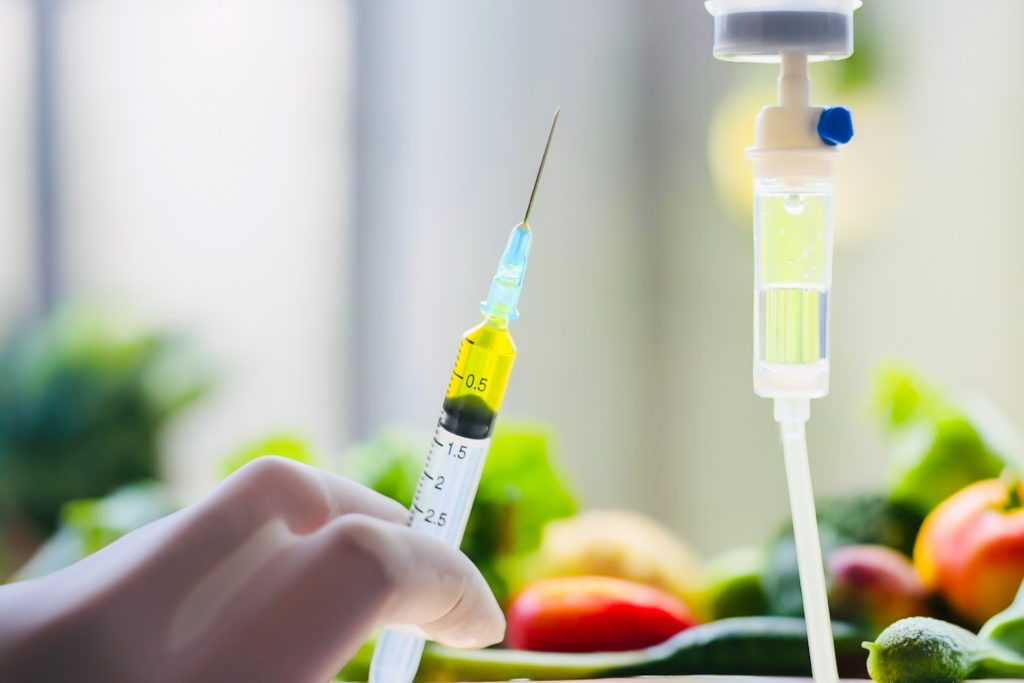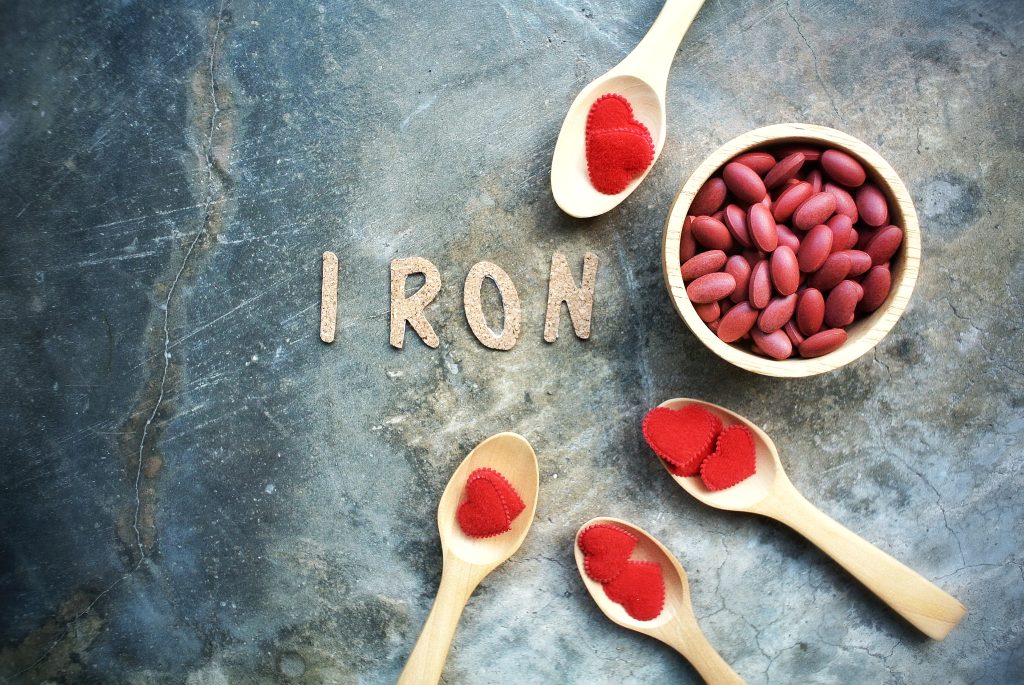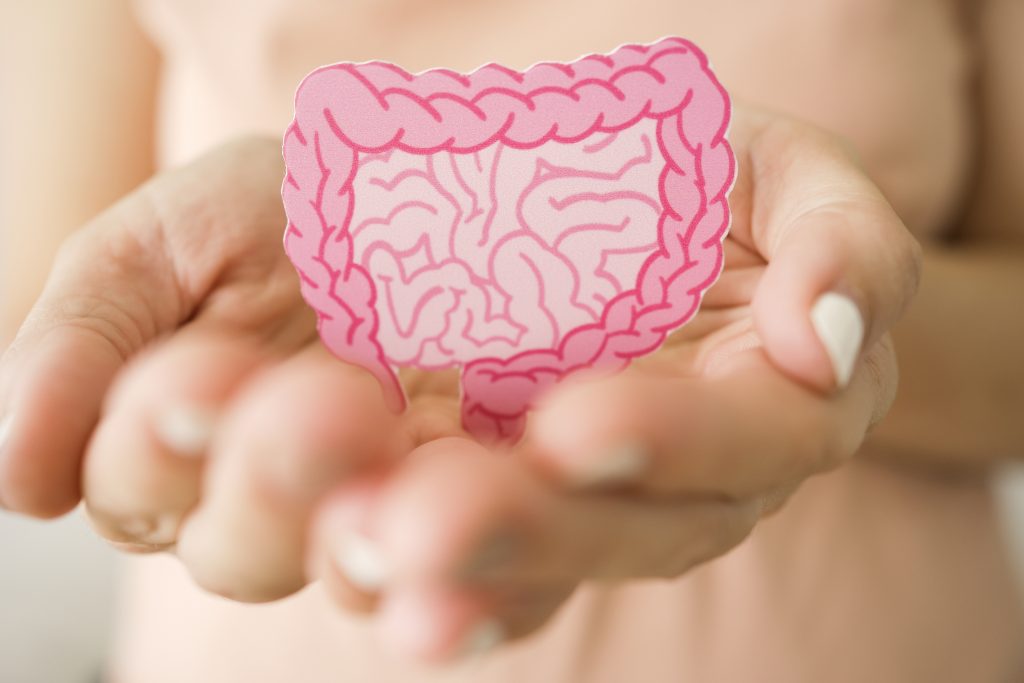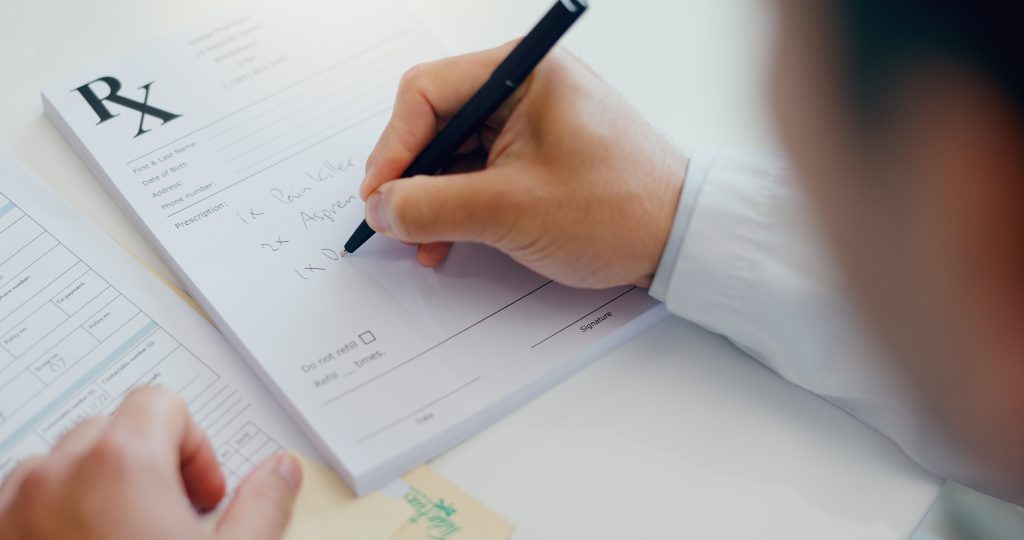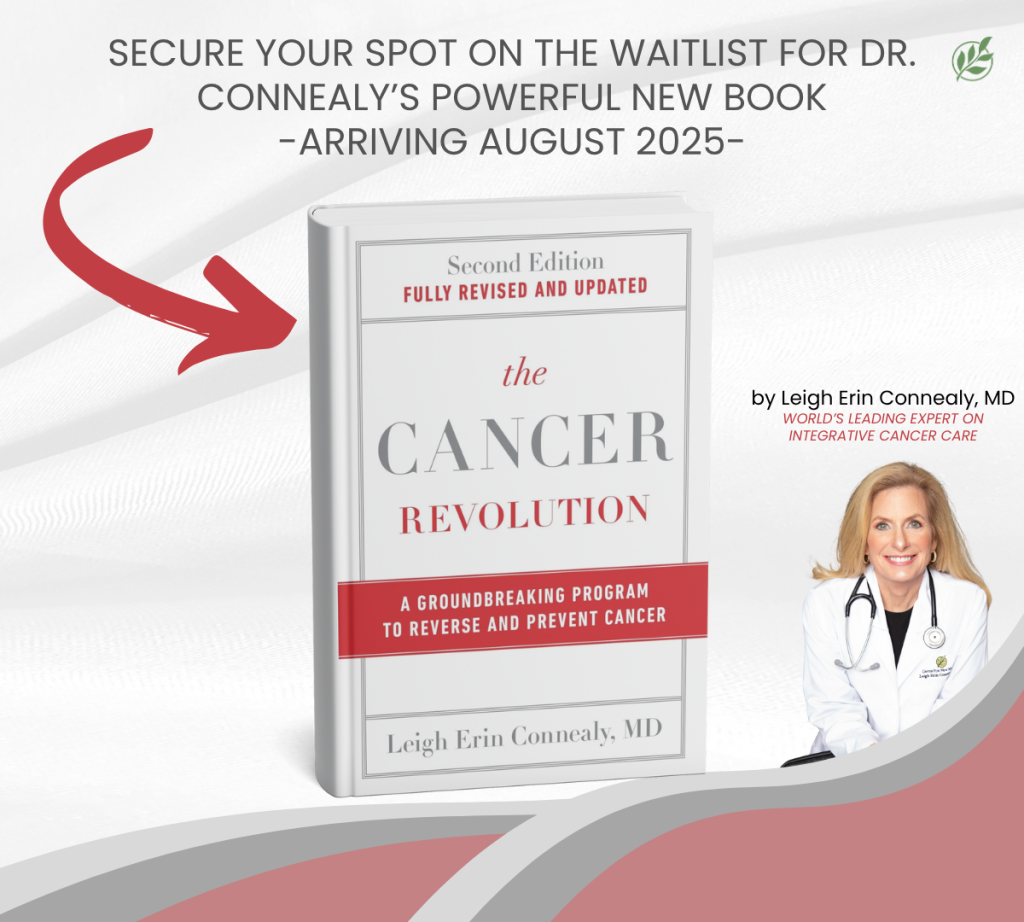At the Cancer Center for Healing in Irvine, CA, we believe in educating patients so they fully understand their treatment options. One common question we receive is “How is low-dose chemotherapy administered?”
This approach is different from conventional high-dose regimens, and many patients are relieved to learn that it often comes with fewer side effects and improved quality of life. In this article, we will answer the question “How is low-dose chemotherapy administered?” and explore what to expect during treatment, how it compares with traditional methods, and how we support patients holistically.
Understanding the Basics
So, how is low-dose chemotherapy administered? Unlike conventional chemotherapy, which delivers high amounts of medication over short cycles, low-dose chemotherapy (sometimes called metronomic chemotherapy) uses smaller doses of medication given more frequently or even continuously. The goal is not only to weaken cancer cells but also to reduce side effects and preserve immune function.
When people ask, “How is low-dose chemotherapy administered?” the short answer is that it is provided in carefully measured doses, often orally or intravenously, on a schedule designed to maintain steady pressure on cancer cells without overwhelming the body.
Intravenous Administration
One important part of low-dose chemotherapy’s administration is that it can be given intravenously. This means the medication is delivered directly into the bloodstream through an IV line or port. At the Cancer Center for Healing, IV administration is done in a controlled setting where patients are closely monitored. The lower dosage allows treatments to be shorter and easier to tolerate compared with high-dose regimens.
Oral Administration
Another way to answer “How is low-dose chemotherapy administered?” is through oral medication. Some low-dose chemotherapy drugs can be taken at home as pills or capsules, allowing patients more flexibility and independence. Oral administration requires strict adherence to the prescribed schedule, but it can reduce the need for frequent clinic visits and provide a sense of control over treatment.
Frequency and Scheduling
So exactly how often is low-dose chemotherapy administered? Unlike high-dose treatments that may be spaced weeks apart, low-dose regimens are given on a more regular basis, sometimes daily, weekly, or continuously through an infusion pump. This frequent, steady dosing helps target tumor blood supply and cancer cells without overwhelming healthy tissues. Patients often appreciate that the more consistent schedule is easier on the body and allows for a smoother recovery.
Supportive Monitoring
A crucial part of how low-dose chemotherapy is administered involves ongoing monitoring. At our Center, patients regularly undergo blood tests and evaluations to ensure the body is tolerating treatment well. Because the doses are lower, severe side effects are less common, but careful tracking ensures safety and helps tailor therapy to individual needs.
Comparison with High-Dose Chemotherapy
Patients often want to know not only how low-dose chemotherapy is administered, but also how it compares with high-dose therapy. Traditional chemotherapy is typically delivered in larger, more toxic amounts over shorter cycles, which can result in severe side effects and hospitalizations. Low-dose chemotherapy, by contrast, spreads the medication out in smaller, manageable doses, allowing for ongoing treatment that is often gentler on the body.
Integrative Support
At the Cancer Center for Healing, the answer to “How is low-dose chemotherapy administered?” goes beyond the medication itself. We combine this therapy with holistic support to help the body fight cancer cells more effectively. Nutritional counseling, herbal medicine, immune-boosting therapies, mind-body practices such as meditation and acupuncture, and detoxification strategies are all part of our comprehensive approach. This integrative model allows patients to receive not just treatment but true healing support.
Who Is a Candidate?
Another consideration when asking “How is low-dose chemotherapy administered?” is who might benefit from it. This approach is often well suited for patients with recurrent or metastatic cancers, individuals who cannot tolerate high-dose therapy, or those who value maintaining quality of life during treatment. A thorough consultation helps determine whether low-dose chemotherapy is right for you.
Low-Dose Chemotherapy Administration in Irvine
Low-dose chemotherapy is typically administered either intravenously in a clinic or orally at home, on a frequent schedule designed to maintain steady pressure on cancer cells while minimizing side effects. Patients are closely monitored to ensure safety, and treatments are supported by holistic therapies that strengthen the body’s natural defenses.
At the Cancer Center for Healing, we specialize in integrative, personalized cancer care, and we are here to answer questions such as “How is low-dose chemotherapy administered?” and guide patients toward the treatment plan best suited to their needs.
Learn more about our protocols here: Low-Dose Chemotherapy Overview.
